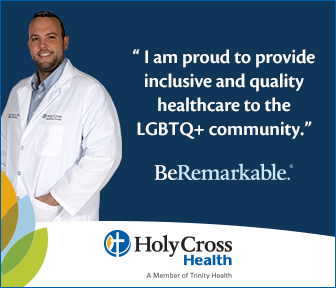
Arrested! Craig Jungwirth In Custody
Booking number 132784. That is how Craig Jungwirth is known after being arrested in Okeechobee County Wednesday afternoon.
...
Latest

Rob Anderson Brings His Patented Brand of ‘Gay Science’ To The Masses With New Book
From his hilariously viral video series discussing beloved pop culture films and television, Rob Anderson is packaging the LGBTQ culture alongside his beloved video series and releasing the vibrant an...

Palm Beach Realtor Hosts Clothing Drive April 18
Palm Beach Realtor Burt Minkoff is hosting a clothing drive to benefit Compass Community Center’s Youth Program April 18.
...
Follow Us

Maryland Lawmakers Pass Several LGBTQ Rights Bills During 2024 Session
Maryland lawmakers passed a number of LGBTQ rights bills during this year’s legislative session that ended on April 8.
...

Bomb Threat Interrupts Drag Story Hour Event at Virginia Gay Bar
A Drag Story Hour event hosted by the Arlington, Va. gay bar and restaurant Freddie’s Beach Bar was interrupted by a bomb threat sent by email on April 6 requiring parents and their children attendi...































